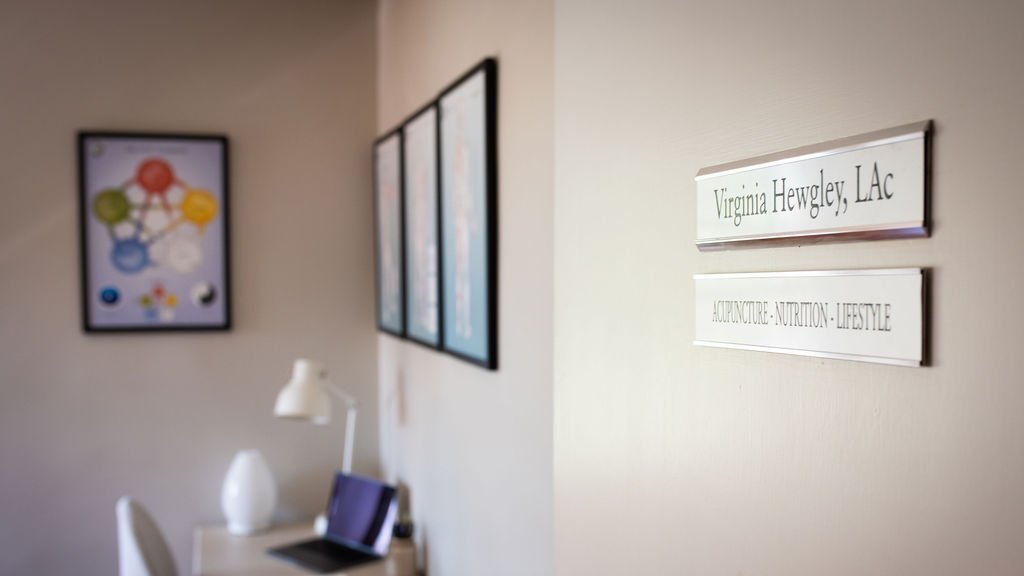
FREQUENTLY ASKED QUESTIONS
-
In Chinese medical theory, acupuncture works by balancing and regulating the body’s vital energy – called qi. Balanced energy helps the body heal and improve many common conditions.
In Western medical theory, acupuncture appears to work by stimulating the release of beneficial biochemicals, raising antibodies, improving circulation, reducing inflammation, balancing the central nervous system, and disrupting pain signals from reaching the brain. The exact mechanism is not clear, but the physiological benefits can be detected and measured. Reduced inflammation, improved circulation, and balanced body-mind-emotions-spirit means better health and improved wellbeing.
-
This 30-minute documentary from the British Acupuncture Council (BAcC), of which I’m a member, highlights the growing body of scientific evidence that acupuncture is an effective treatment for a variety of health conditions.
The book Why Did You Put That Needle There, by Andy Wegman of Manchester Acupuncture Studio, is available as a free download.
-
Acupuncture has been used in China for 2,500 years and is now a common healthcare treatment around the world. A growing body of scientific research supports the effectiveness and safety of acupuncture treatment. The Evidence Based Acupuncture website provides summaries of scientific evidence for acupuncture in treating many common conditions.
The British Acupuncture Council (BAcC), of which I’m a member, has produced fact sheets about acupuncture treatment for a range of conditions.
-
Acupuncture needles are pre-sterilized, disposable and packaged for single use to ensure patient safety. Acupuncturists complete extensive training, are certified by a national board and licensed to practice by a state licensing board. Acupuncturists are also trained in clean needle technique to ensure hygienic handling of the needles. Acupuncture has very few side effects, the most common of which is an occasional bruise at the needling site.
-
Many people assume acupuncture will be painful, but while the needles may cause various sensations, they don’t hurt. Acupuncture needles are fine, solid, and flexible – not at all like the needles used for injections – and most people don’t feel much when they’re inserted. Sometimes people feel a slight prick or pinch as the needles pass through the skin. While the needles are left in place to do their thing or gently rotated, people describe feeling sensations such as a dull ache, tingling, warmth, heaviness, or an electric charge. Many people find these sensations pleasant, and if any discomfort is experienced it is usually mild and temporary.
-
Usually, the needles are left in place for about 20 to 40 minutes. This is your time to rest, relax, and allow your body to heal. Sometimes people fall asleep or experience a deep sense of calm and wellbeing. AcuNaps are restorative, and many people describe feeling re-energized after treatment.
-
The course of treatment will depend on your current condition, but most common conditions respond to once- or twice-weekly treatment for 6 to 10 weeks. Once your condition stabilizes, you’ll need treatment less often. Your treatment plan will be discussed with you at the start of treatment. Many people find that they benefit from monthly or seasonal treatment to keep their immune system functioning optimally and their body-mind-emotions-spirit regulated.
-
As a healthcare provider, I am required by law to maintain the privacy and security of your protected health information. My responsibilities are outlined in the Nourish Life Acupuncture & Wellness Notice of Privacy Practices. Please review it carefully. You will be provided a copy of this document before your initial appointment.
Furthermore, I use the following HIPAA-compliant online platform to manage my practice and protect your health information:
Acusimple for electronic medical records, scheduling, email communication, billing, etc.

